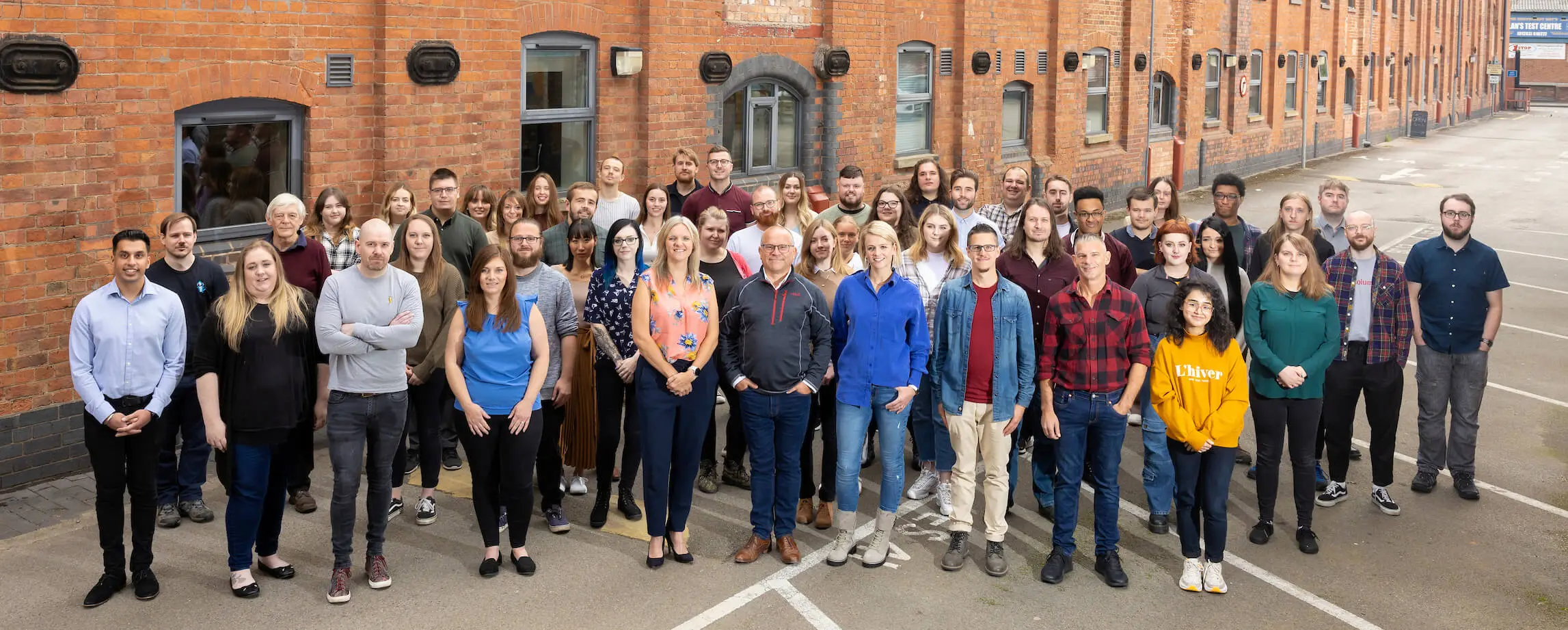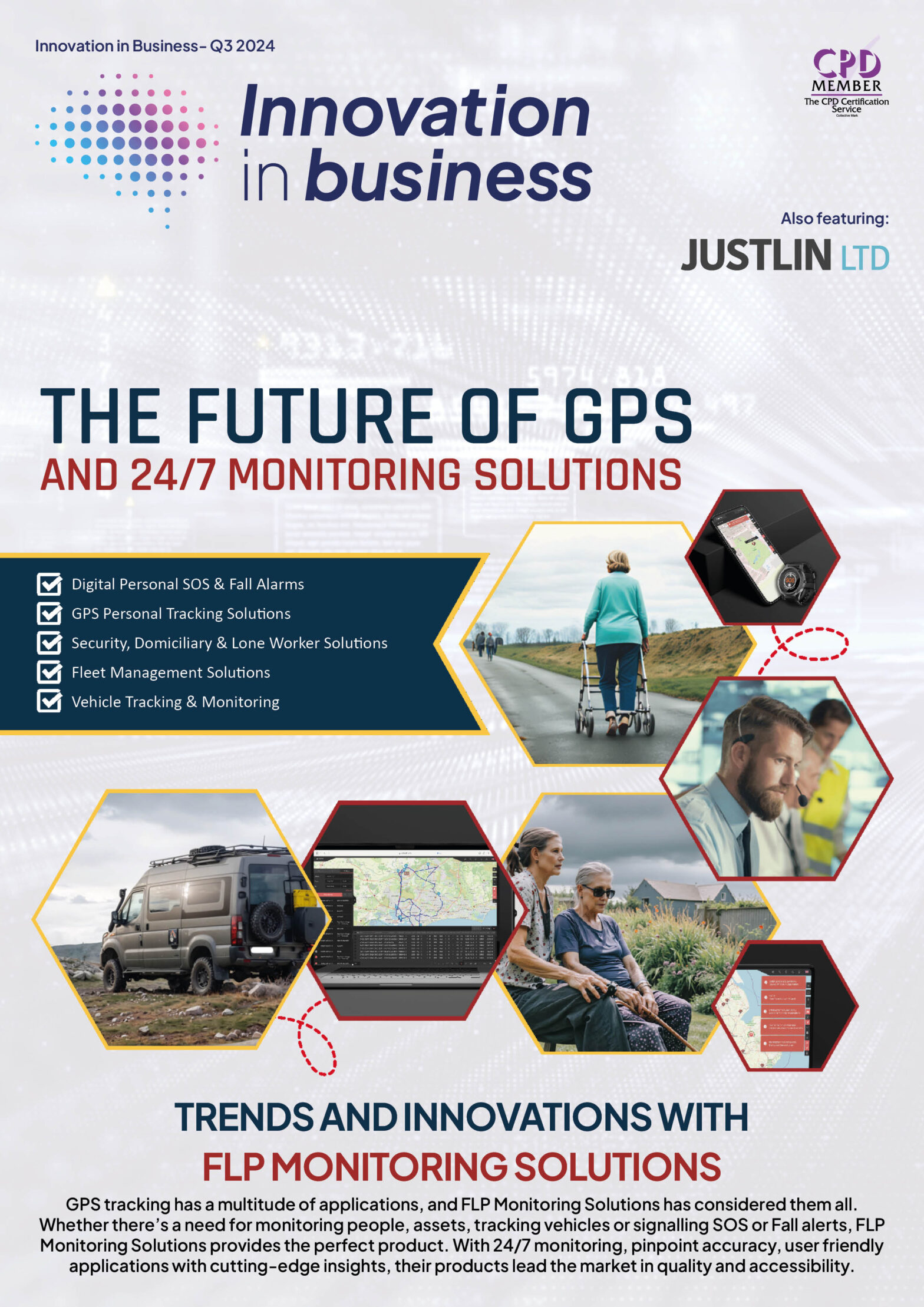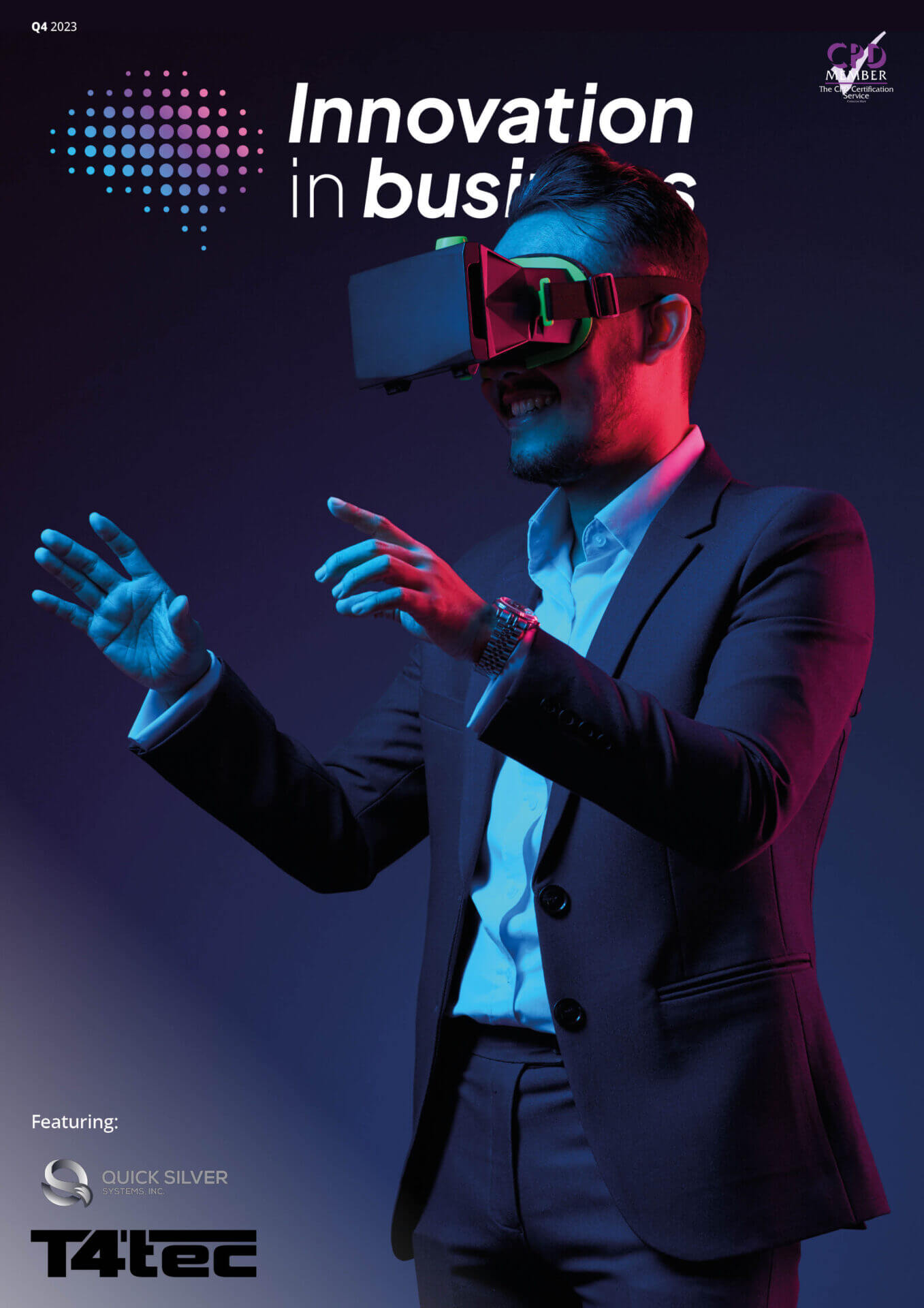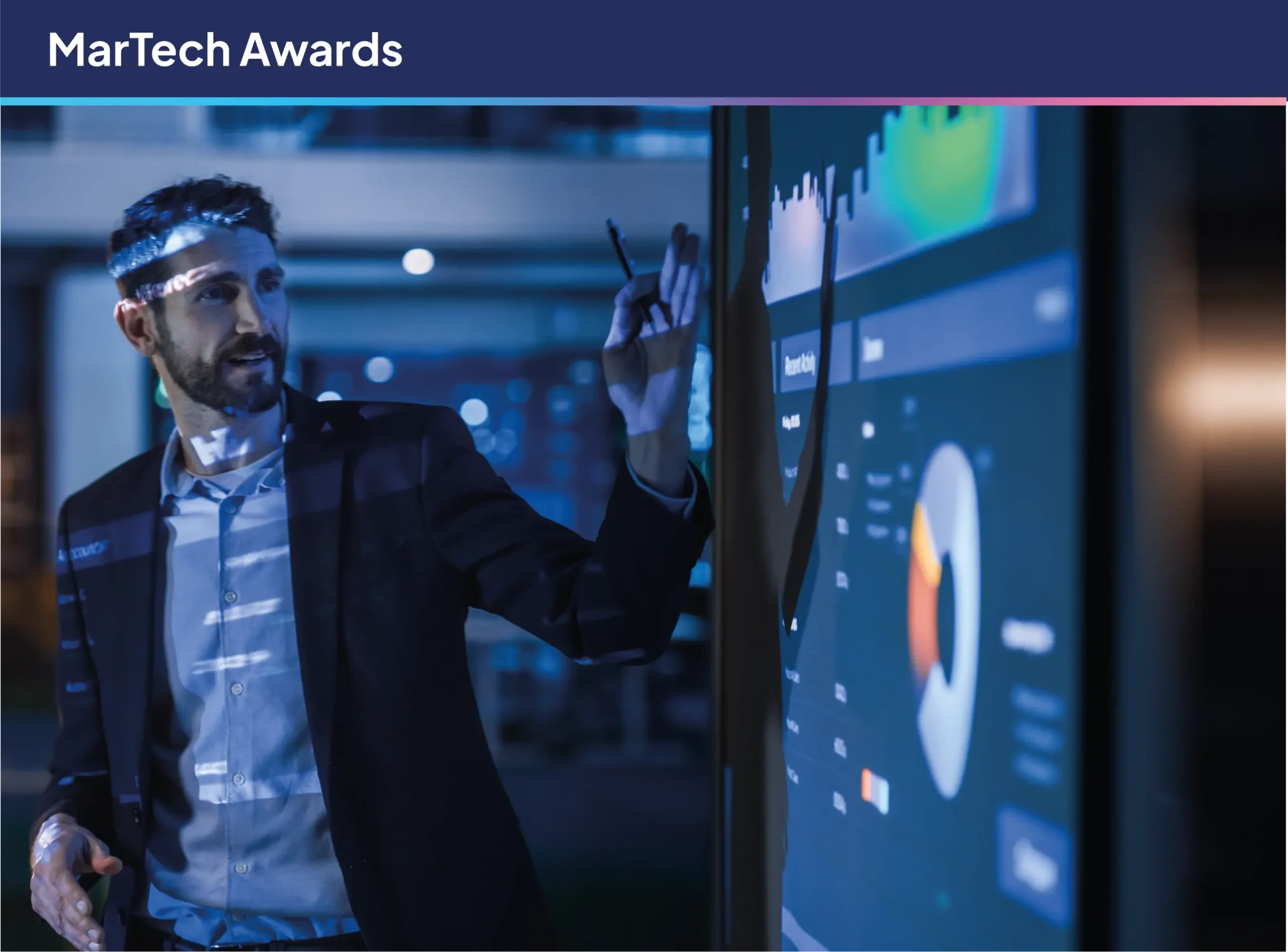By Elliott Hoffman, co-founder of AI Tool Tracker
For small businesses and entrepreneurs, any competitive edge that they can gain is critical to their success. Given that, one of the biggest emerging opportunities they can capitalise on is no-code programming.
No code is a revolutionary new approach to programming that does away with the need for coding or having to know anything about programming languages. That enables firms to more quickly and easily create new websites and applications without having to incur the added cost, time and resources of using a programming expert.
What’s more, the technology is proven. It has already been used to great effect across a host of different industries and disciplines, chiefly in digital banking to provide secure software and applications that work on multiple devices. Also, it has been deployed to improve, connect, and drive profit and sales in customer relationship management. In ecommerce, it has been adopted in apps for managing inventory, providing secure payments and updating the user’s region and currency.
But perhaps the sector it has disrupted the most is technology. Among the early pioneers are Zapier and Airtable, who empower users to take a concept and turn it into a product in minutes. Bubble.io also enables them to raise millions in investments through building a fully functional web app.
Moving forward, the no-code market will only increase exponentially, with organisations expected to use no-code or low-code platforms to build 70% of their new applications by 2025, Gartner reports. If it carries on on its current trajectory, between 2027 and 2030, the market is projected to almost tripple in size to $187 billion.
But this is just the tip of the iceberg. Businesses can optimise their offering by utilising new technology within and alongside no-code applications, ranging from AI tools, machine learning capabilities and advanced data analytics to the potential integration of virtual reality (VR) and augmented reality (AR).
Greater data insight
One of the main benefits of using advanced data analytics in any situation is the ability to gain in-depth customer insight. Within a no-code context, that means using intuitive drag-and-drop interfaces to quickly gather and look at data within their applications without having to use a code to do so.
Equipped with this information, companies can, therefore, make better informed decisions and uncover new growth opportunities. It can be an even more valuable and powerful resource when the data is received in real-time.
Automation through AI
No-code tools are driven by AI. A company can become more efficient and effective if it automates time-consuming and manual tasks, and streamlines its workflows. This also allows higher-level decisions to be made by owners and affords its workers more time to concentrate on critical and customer-focused tasks instead.
Beyond that, AI can analyse user activities and behaviour, and, accordingly make suggestions on how to improve the development process. Some of the big programming design platforms Adobe Firefly, Bubble Plugins and Obviously AI have already adopted AI in their no-code tools, and others look set to follow suit.
Machine learning algorithms
No-code platforms also rely heavily on machine learning. Firms can make their applications more accurate and efficient, and quicker by using machine learning algorithms to integrate smart features into their applications.
By training these algorithms to recognise patterns and make data-driven predictions, businesses can more accurately forecast future trends. Also, by providing recommendations and content tailored to customer needs, they can personalise their experience and journey.
VR and AR integration
As no-code continues to develop, so one of the areas which holds the biggest potential is VR and AR. AR uses a real-world setting where users can control their presence using a smartphone, while VR is completely virtual and is controlled by the system, requiring a headset device for use.
Both technologies can be used to create a more immersive customer experience through the likes of interactive demonstrations and virtual showrooms. Added to that, they can boost sales and the bottom line.
Software development’s future
There’s no doubting the benefits that no-code brings. But it has also raised obvious concerns about whether traditional software development is still needed at all.
The answer is yes. They both serve a different purpose. No-code platforms are quick and easy to use, supporting those with limited technical expertise, while professional software developers work on optimising applications and websites’ performance, as well as generating advanced algorithms.
The potential for no-code platforms knows no bounds. Their use will only become increasingly more widespread as their versatility and accessibility are improved, delivering even greater benefits for businesses all round.



























